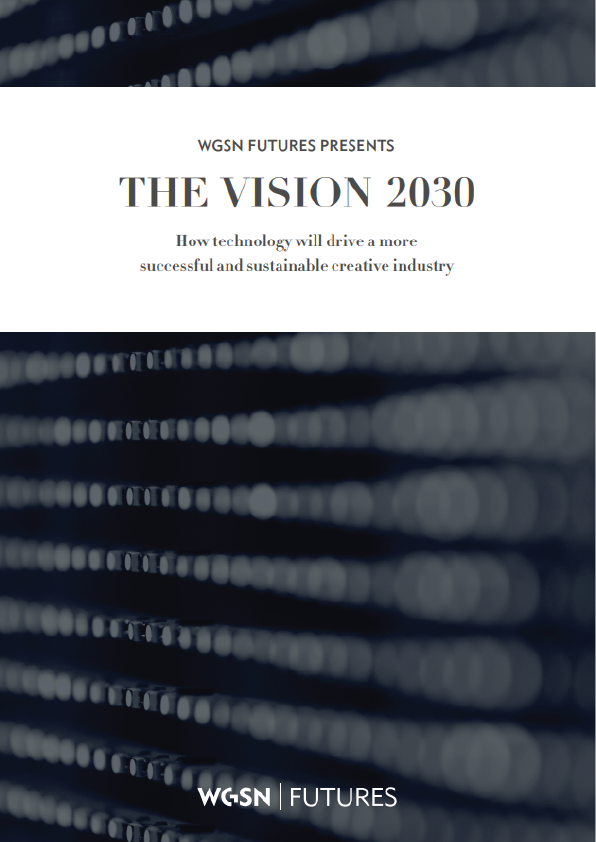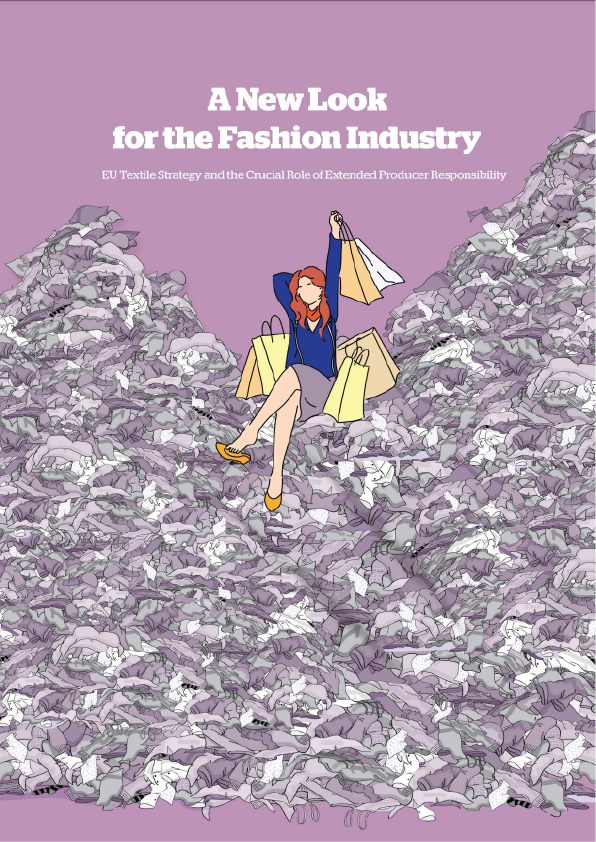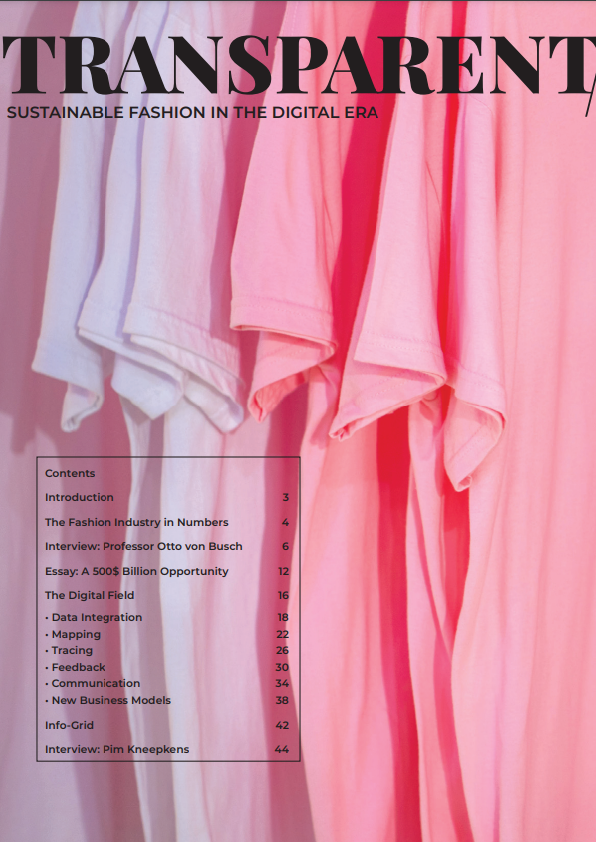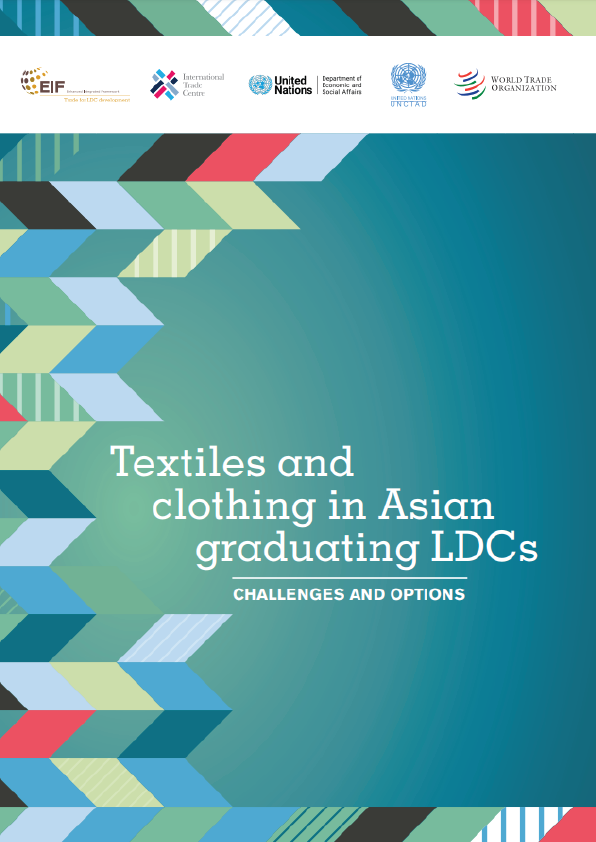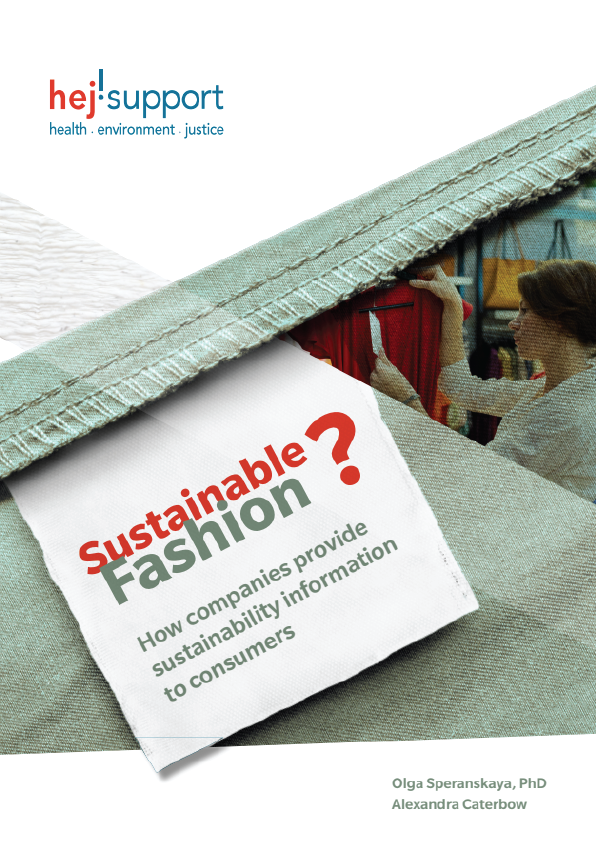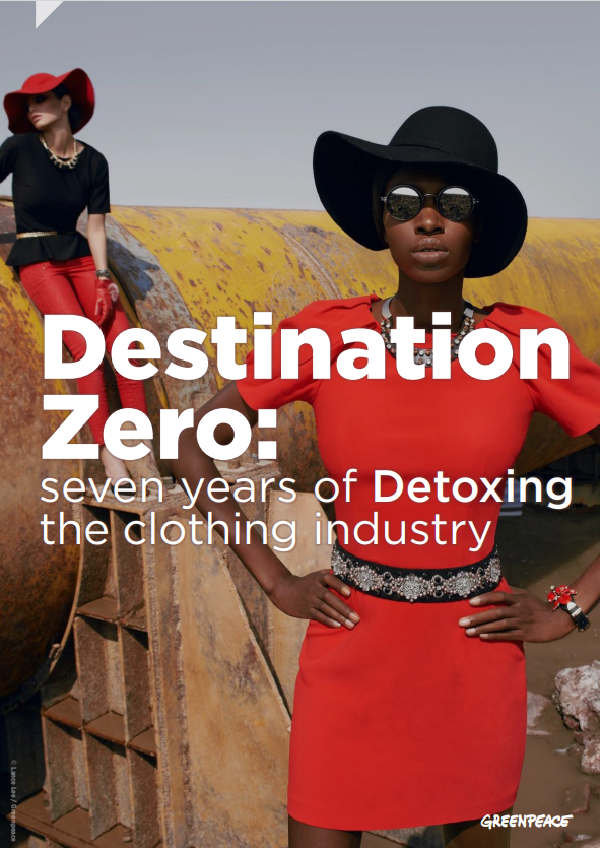Consumer Drivers
There is growing evidence that consumers, who have in the past been largely ambivalent, are becoming increasingly interested in how their clothing is sourced and manufactured and where. Fashion is no longer just seen as a form of self expression in terms of personal style but also in terms of personal values.
According to Nielsen, 2.5 billion “aspirational” consumers are becoming increasingly interested in, and making decisions based on, the environmental and social impact of their purchases. But this move isn’t about altruism, it’s about consumers making choices that represent who they are and what they believe in.
Fifty-five percent of global online consumers across 60 countries say they are willing to pay more for products and services provided by companies that are committed to positive social and environmental impact.
The propensity to buy socially responsible brands is strongest in Asia-Pacific (64%), Latin America (63%) and Middle East/ Africa (63%). The numbers for North America and Europe are 42% and 40% respectively, according to Nielsen’s Global Survey on Corporate Social Responsibility 2014.
In addition, the rising global middle class will increase the rate at which resources are being consumed, affecting the fashion industry as a whole, says EY (Ernst & Young).
EY predicts the GDP of emerging markets will overtake that of developed economies by 2020, with the middle class adding more than 1 billion consumers worldwide. Since 1995, the remarkable growth of the emerging market economies has brought millions out of poverty, but has put far fewer people into the “global middle class”.
A significant proportion of the new Asian middle class are also expected to be at the upper end of the income bracket, with impressive spending power. Large populations and rapid economic growth mean China and India will become the powerhouses of middle class consumerism over the next two decades.
By 2030 around one billion people in China could be middle class — as much as 70% of its projected population. India’s global middle class, meanwhile, at around 50 million people, or 5% of the population, is much smaller. This is expected to grow steadily over the next decade, reaching 200 million by 2020.
But while there is growing demand for businesses to place at least equal weight on society’s interests as they do on business interests (indeed 87% believe this, according to Edelman’s goodpurpose® report 2014), less than a third of people believe businesses are performing well in this area.
Technology Enablers
Why this increase in awareness of the need for societal change? Again much of it can be attributed to technology. For not only is technology enabling more efficient production and design methods but it is also improving communication of and promotion of such issues. Danielle L Vermeer, who is the architect of Reclaimed, an initiative that upcycles garments, and The Give, a monthly curated list of social impact jobs has cited on her website 5 ways that technology can promote sustainable fashion. They are:
Educating consumers: Technology can raise awareness about the global fashion industry by sharing producers’ stories with consumers.
Empower consumers: Technology can empower consumers to make educated, conscious decisions about their purchases and to communicate their support or dissatisfaction with companies.
Fostering connections: Technology can more directly connect the producers and consumers of fashion.
Promote transparency in supply chains: Technology can collect, track, and aggregate data from global supply chains to promote transparency and accountability in supply chains (see Labor Link and Trade good case studies).
Reduce waste: Crowdsourcing technology can collect data on which styles are most in demand before items are produced, thereby reducing waste from unwanted and unused garments. (WGSN has recently launched its very own crowdsourcing service to help brands validate design and buying decisions, called StyleTrial).
Technology helps produce sustainable fashion
The potential for technology to enhance garment production is enormous. Already in sports and activewear technology has made a huge impact to the point that it has been claimed that wearing certain technologically enhanced garments can unfairly enhance an athlete’s performance in much the same way as taking performance enhancing drugs. Speedo’s Fastskin swimsuit, for instance, which first appeared at the Sydney Olympics in 2000, was eventually banned in 2009 for giving its wearers an unfair advantage.
But outside of the realms of “wearable tech” which is a sector exploding with potential, technology can and does present significant opportunities for creating a more sustainable supply chain and even in improving the quality of the air we breathe.
For for information, you can read through the book from the above.
